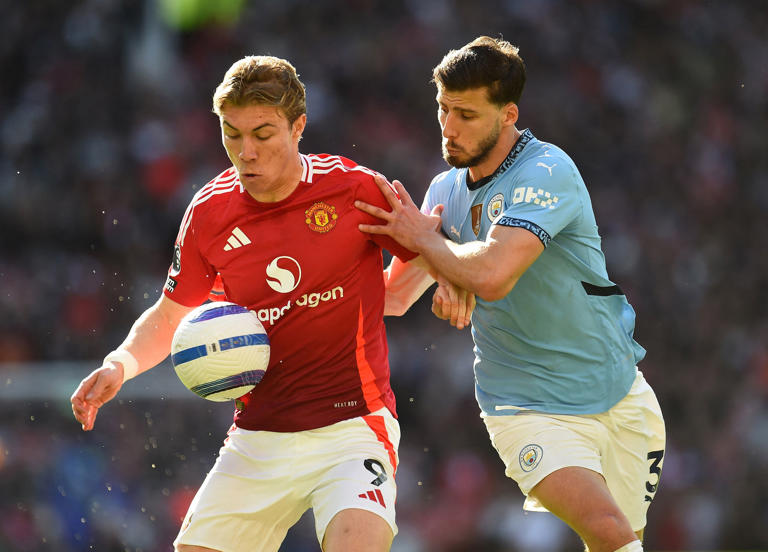The highly anticipated Manchester Derby was brought to a dull conclusion with a stalemate, as Manchester United and Manchester City both were unable to deliver the clinical finishing needed to claim the three points. Both sets of supporters were left frustrated as both teams were unable to offer the attacking spark that has long been the hallmark of their Premier League encounters.
Despite flashes of brilliance and flashes of tension, the game saw few real scoring chances. Both managers were frustrated at the lack of chances and the absence of a killer blow. For United, the draw maintains a stop-start run of form, while City had an opportunity to close the gap on the league leaders.
Notably, this campaign could be the first occasion in Premier League history where neither of Manchester’s club is in the top four—a shocking scenario for two of England’s football behemoths. The result places both sides under added pressure with fewer games to revive their campaigns.
As much as fans and commentators debate the way forward for the clubs, the derby has raised some fundamental questions about leadership, squad depth, and tactical strategy. Short of the ferocity and finishing one would expect from the two giants, the most recent Manchester Derby was more of an opportunity missed than a clash of titans.





